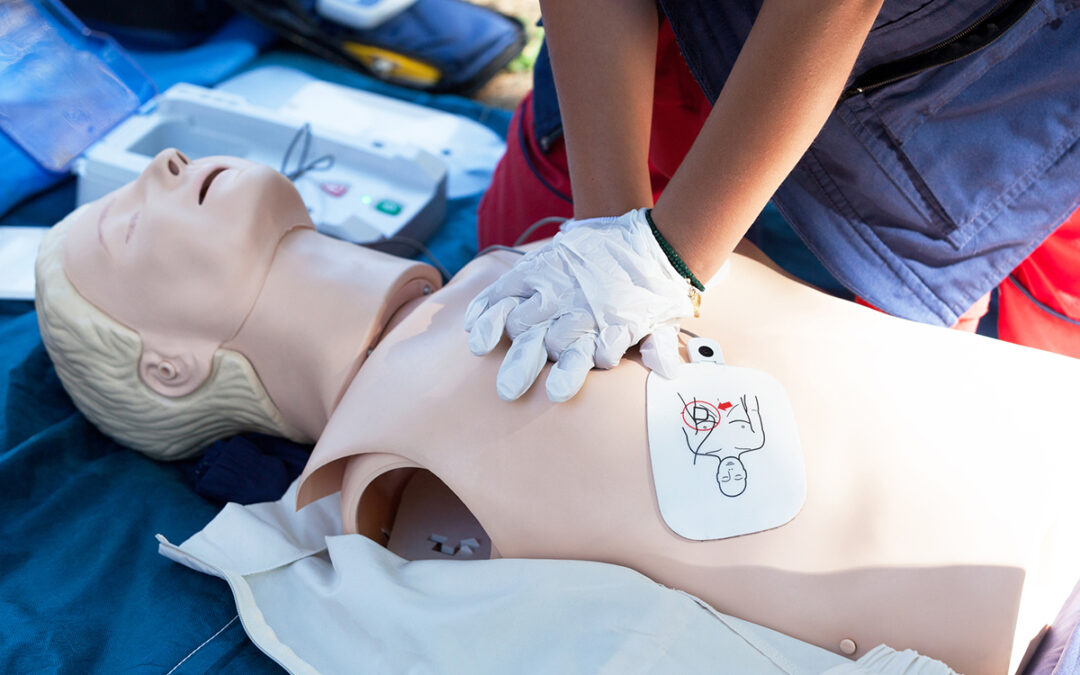Not too long ago, my husband got the call that every supervisor dreads. “Your employee has just collapsed and we are trying to get him out of his truck; the ambulance is on the way.” Fortunately, his employee is alive today because someone in the immediate area knew CPR.
OSHA requires that workplaces have some type of first aid available AND that a hospital or clinic be in “close proximity.” According to the Red Cross, a 3-to-4 minute response time can make the difference between life and death. Unless you are right next door to the EMTs or the hospital, it is unlikely that a professional emergency crew will be able to respond to your employee in that 3-to-4 minute interval.
You can minimize your exposure and provide a life-long service to your employees by making arrangements for professional First Aid, CPR and AED (Automated External Defibrillator) training. The clinic that you use for injuries or physicals should be able to provide a listing of training resources; the American Red Cross is another source for workplace and community training.
Make the time to make a difference. I know of an entire family that is glad someone knew CPR not too long ago.
A lot has changed with CPR and First-Aid since 2008 when this article first published. In fact, OHSA has added to their Workplace Standard for First Aid Care: “The Agency encourages employers to consider acquiring automated external defibrillators (AEDs).” Also, did you know that bystander CPR no longer includes the breathing portion?
Many organizations offer First Aid and CPR training, and some will even do so for no cost or for a donation. If nothing else, think of the goodwill you’ll create if your company provides the training that saves a family member’s life.
Additional Resources:
OSHA Requirements When a Worker Experiences a Job-Related Injury or Illness

